April 27, 2016
Today, ForestWatch formally objected to a plan that would formalize an extensive network of roads in a protected area between Figueroa Mountain and Happy Canyon in the foothills of the Santa Ynez Valley. The roads would support a commercial livestock grazing operation that—studies show – are hindering the regeneration of blue and valley oaks, trampling wetlands and springs, and draining hundreds of thousands of dollars from the Forest Service budget each year.
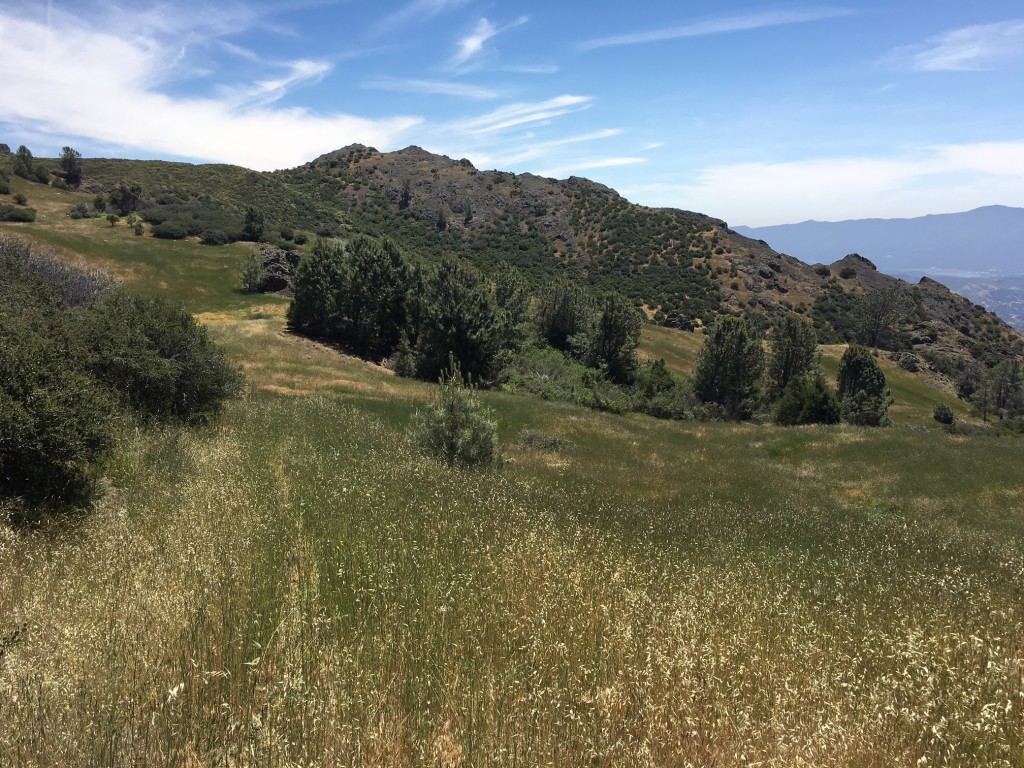
The Forest Service is seeking to formalize this “road” in a protected roadless area above the Santa Ynez Valley.
The objection – signed by Forestwatch and supported by our conservation partners at the Center for Biological Diversity and Western Watersheds Project – claims that the approval of these roads would violate the Roadless Area Conservation Rule (commonly called the “Roadless Rule”) because the roads are located inside the boundary of a formally-protected “Inventoried Roadless Area.” The Roadless Rule prohibits road construction and reconstruction in these protected roadless areas.
The Roadless Rule – which has been on the books since 2002 – is one of the country’s strongest and most effective land conservation initiatives. It prohibits the construction or reconstruction of roads in any of the country’s 58 million acres of “Inventoried Roadless Areas,” which represent some of the country’s last remaining wild unroaded and undeveloped lands.
The Forest Service is seeking to formalize 16 miles of roads on national forest lands, most of which are within the De La Guerra Inventoried Roadless Area, a 5,400-acre expanse of public land nestled between Figueroa Mountain, Ranger Peak, and Happy Canyon in Santa Barbara County. The area contains unique rock formations (including Goat Rock), panoramic views of the Santa Ynez Valley, Native American cultural sites, and is home to rare plants like the Santa Barbara jewelflower [link to our page on this] and imperiled wildlife like California red-legged frog [link], two-striped garter snake, grasshopper sparrows, and endangered fairy shrimp.
The Forest Service formally classified this area as roadless in 1979, yet over the years, more than 15 miles of roads have been blazed through the protected area without any public notice, environmental review, or formal approval.
The Forest Service is now seeking to formally legitimize these roads to service a commercial livestock operation that leases land from the U.S. Forest Service. The lessee – Investors of America LLC – is related to a national banking enterprise with billions of dollars in assets. The company currently grazes 150 head of cattle in the area, paying just $2.11 per cow per month for the permit.
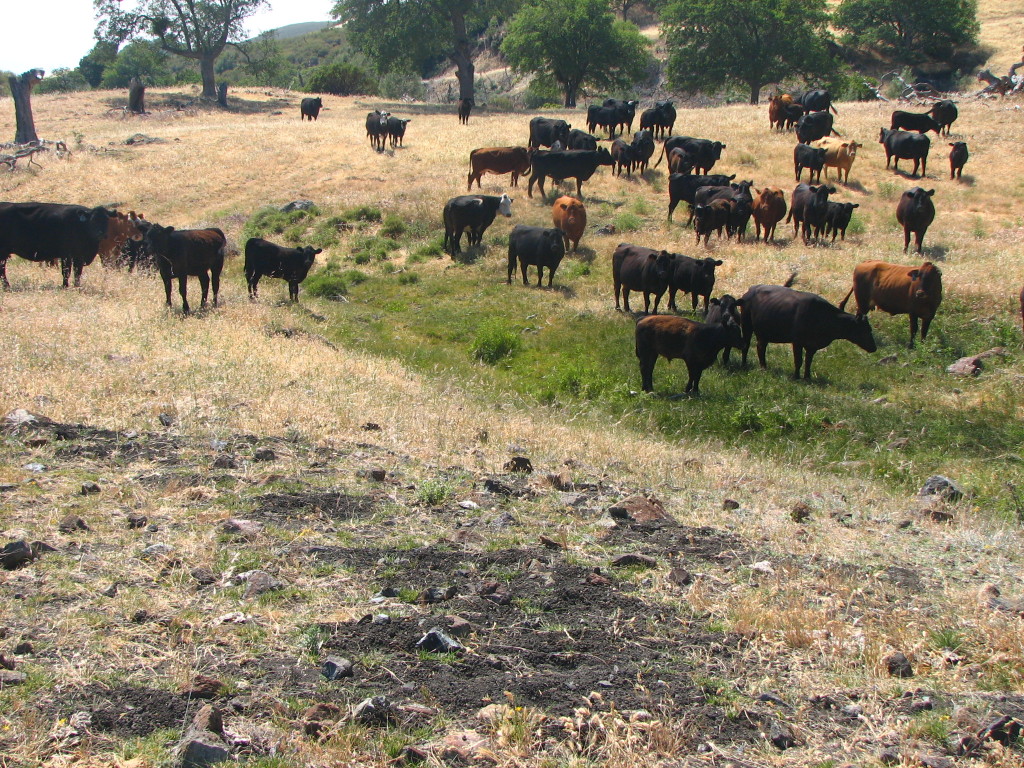
The roads would support a commercial livestock grazing operation that is already degrading the landscape and straining the Forest Service’s limited resources.
“The Happy Canyon Allotment has one of the highest road densities in the Los Padres National Forest, yet none of these roads have been formally incorporated into the forest’s transportation system,” states the ForestWatch objection. “Nor have any of these roads been subject to any planning, environmental review, or public input. This Project is the first attempt to formally approve motorized use and maintenance along these roads, and may be the only opportunity to reduce their fiscal and environmental footprint, so it is important to get it right.”
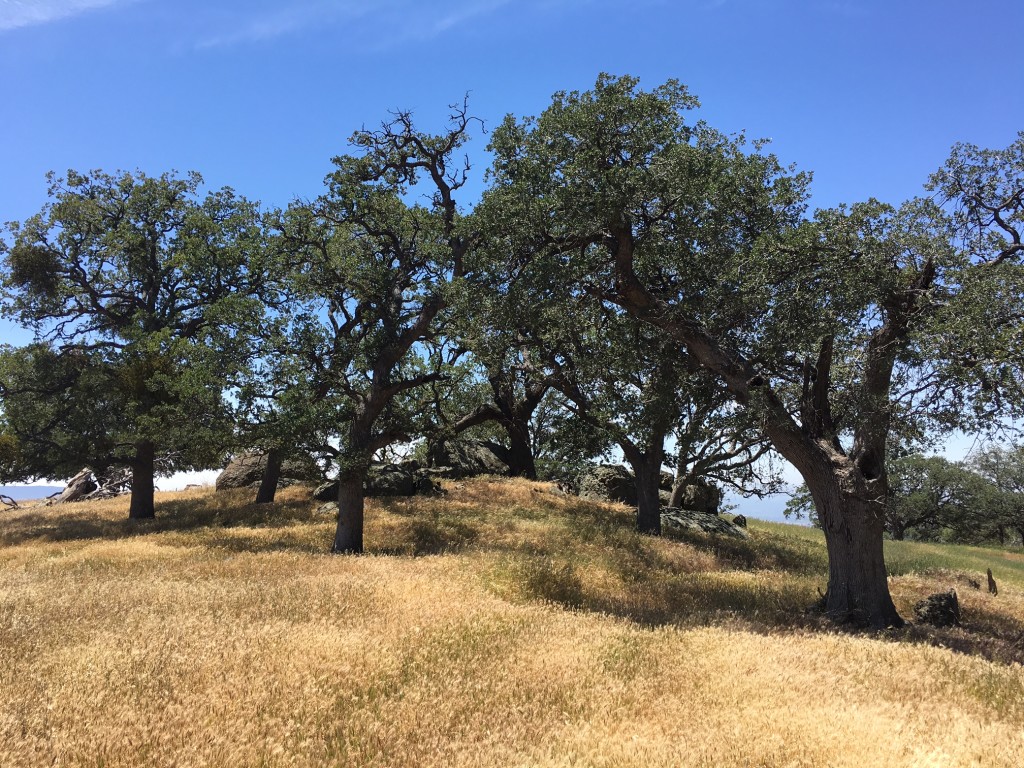
The area is home to blue and valley oak woodlands, which experts agree are threatened by livestock grazing. Simple steps, such as fencing or placement of “tree shelters” to protect oak seedlings, would help restore this important component of the landscape.
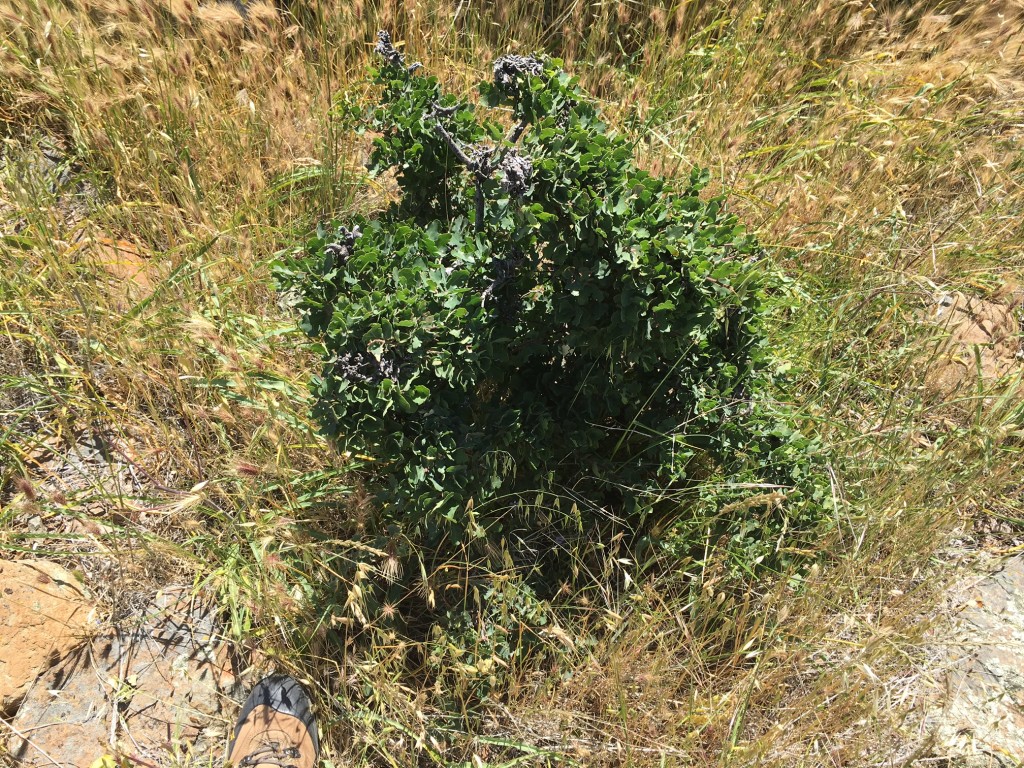
This valley oak “bush” is actually a tree. Its growth has been stunted by repeated grazing by livestock in the Happy Canyon grazing allotment.
This is the third attempt in eight years to approve these roads in a protected area. During the first round in 2008, the Forest Service attempted to approve the roads and commercial grazing operation without preparing an environmental assessment, claiming that it was exempt from environmental review. The Forest Service eventually withdrew that project after ForestWatch submitted several comment letters and eventually filed suit when our concerns were not addressed. The second attempt – in 2012 – was similarly withdrawn after ForestWatch filed an appeal, highlighting many of the same concerns. Now, the Forest Service has prepared an environmental assessment, but the objection claims that it is scientifically deficient and backtracks on a Forest Service pledge in 2008 to remove at least 8 of the 16 miles of roads because they were no longer needed.
In our most recent objection, we are requesting that the Forest Service:
- Eliminate at least eight miles of roads, consistent with its own maps showing that the roads are no longer necessary for grazing management;
- Limit the maintenance and use of the remaining roads;
- Require the permittee to protect blue oak and valley oak seedlings, by installing fencing or “tree shelters” as recommended by the state’s leading oak experts and suggested by our own expert, who conducted a survey of oaks in the area and concluded that grazing was significantly impacting oak regeneration;
- Consider seasonal grazing instead of year-round grazing, a goal that has been on the books for this area since the 1960s but never implemented;
- A specific timeline for the permittee to construct fences to protect sensitive wetlands; and
- Take steps to protect rare plants, wildlife, wetlands, springs, and vernal pools in the area.
ForestWatch has requested a meeting with the Forest Supervisor and the Regional Forester to attempt to resolve these issues. To date, we have received no formal response.
ForestWatch and our conservation allies will continue to work tirelessly to protect this roadless area so that it retains its wild, natural state for current and future generations to enjoy.
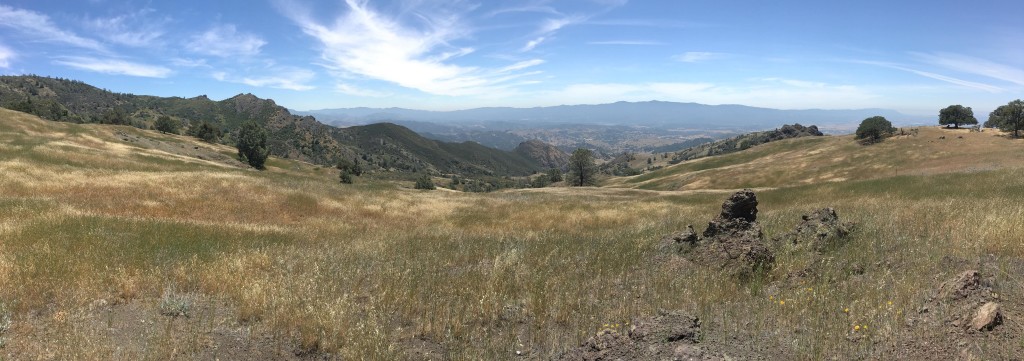







Comments are closed.